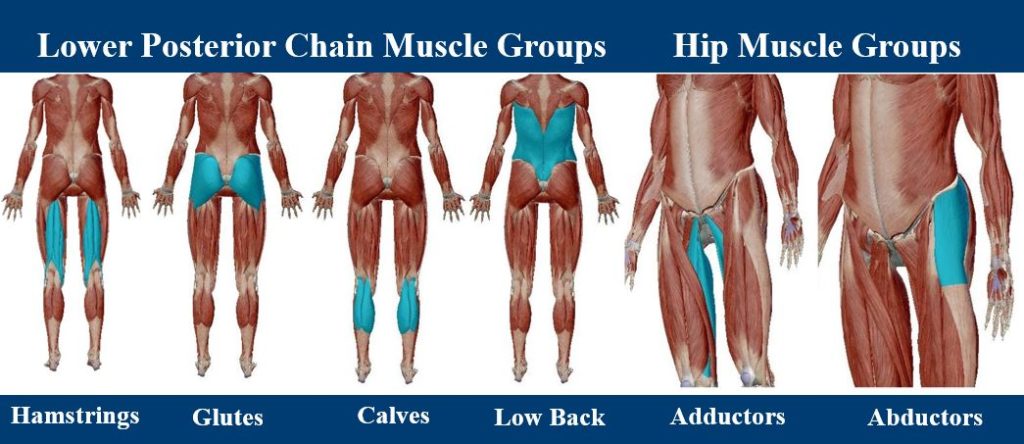Problem Statement
Our team is designing a home exercise device to relieve chronic knee pain and fulfill a general fitness requirement. We are collaborating with Collin Gibboney to develop this device. As a military veteran, Collin is very familiar with the issues and impact severe chronic knee pain has on young veterans across the United States. However, chronic knee pain is not just closed off to one demographic. One in four Americans are affected by chronic knee pain, with the prevalence increasing by 65% over the past 20 years. While there are a variety of apparent knee pain causes such as trauma and ligament tears, degenerative tissue disorders, and autoinflammatory causes, there are also not so apparent causes like lower muscle imbalances, misalignments, and inactivation that are common in both active and non-active populations. The goal of our device is to provide a portable home exercise device that can be used to activate and strengthen lower posterior chain and hip muscles that can correct these muscle issues. This device is affordable, portable, and adjustable, allowing users of all sizes, fitness levels, and backgrounds to use it at any time and anywhere. Overall, this project has the potential to serve as a pain management solution for chronic knee pain, as well as serving a general fitness requirement to prevent future knee pain cases.
Background
Chronic Knee Pain
Chronic knee pain is a large clinical burden. Affecting 1 in 4 Americans, it is the cause of 4 million primary care visits annually in the United States. Chronic pain can have a large impact on an individuals life, making it difficult to walk and function in everyday life. Among the many factors causing chronic knee pain, overuse injuries are one of the major factors evident in people with active lifestyles, including those that regularly exercise, athletes, as well as training, active-duty, and reserve military personnel. On the other side of the spectrum, sedentary lifestyles that cause strength and muscle deterioration can lead to muscle imbalances and inactivation that are also factors in chronic knee pain.
Current Treatments and Their Problems
Current pain management solutions for chronic knee pain include surgical interventions, anti inflammatory injections, pain relief medications, and exercise. While all methods provide pain relief, exercise-based therapy, specifically the strengthening and activation of lower posterior chain and hip muscles, stands out as an effective non-invasive, drug free treatment strategy. The strengthening and activation of these muscles can help correct lower extremity misalignments, incorrect muscle firing patterns and muscle imbalances that are major contributors to knee pain.
The problem with exercise-based therapy treatment methods for chronic knee pain is the limited accessibility. These regimes generally require access to large gym equipment, or supervision of trained personnel such as physical therapists or personal trainers.
Our Aim
Our aim is to create a portable home exercise system to strengthen and activate lower posterior chain and hip muscles in an accessible, affordable and effective manner.

